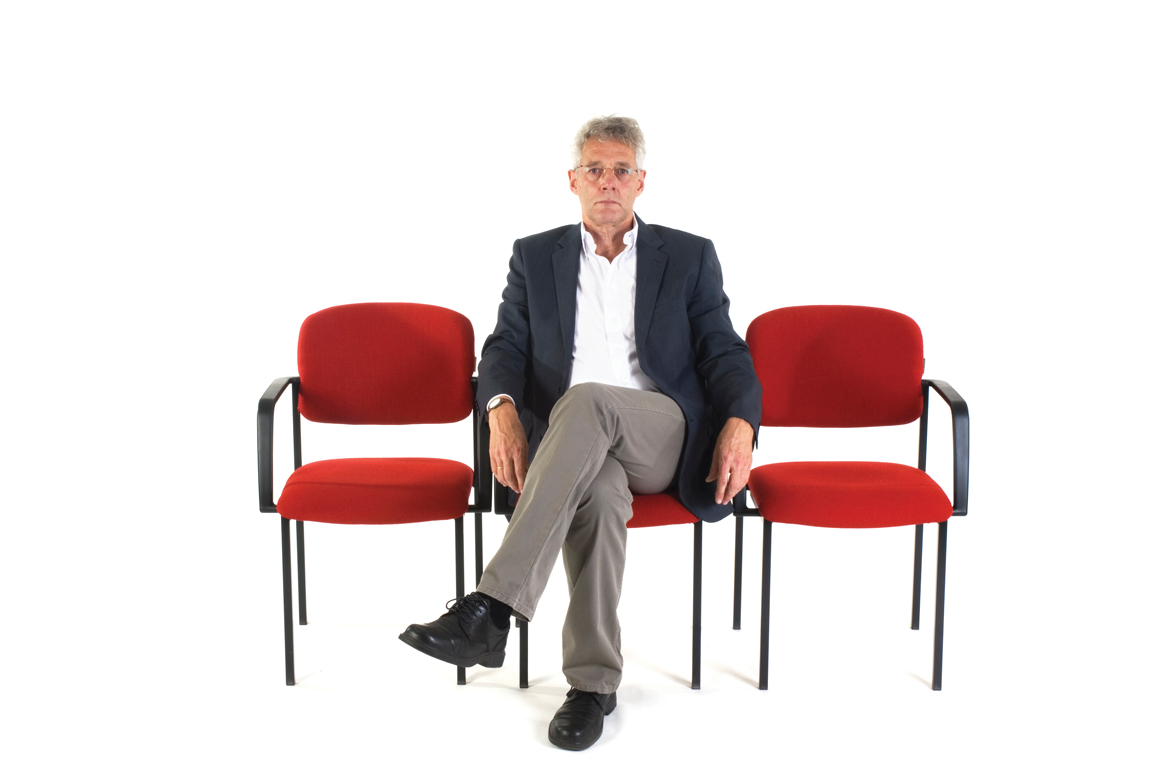
“The dental waiting room is where good brands go to die.” That is what I tell the dental practices that I consult for. The reason is simple; waiting without purpose causes anxiety and taints the entire patient experience. A waiting room experience devoid of engagement can dramatically diminish the effectiveness of case presentations and as a result, may also diminish productivity. I am always amazed at how much money a dental practice will spend on developing marketing assets to highlight a unique experience that patients will have, only to immediately contradict that message as soon as the patient enters in the waiting room. Worse yet, many waiting rooms become a distraction where the patient beings to focus on everything but the reason for the visit.
What should be done to address this potential problem in your practice? Get rid of the waiting room? Perfectly engineer your schedule everyday so that patients can simply walk in and see the doctor? While possibly tempting, these options are not very practical. Rather than remove the problem, I advise you to reengineer the waiting room so that it can become a solution that drives production. Believe it or not, this idea has already been used to great effect at many amusement parks. To those who might say that amusement parks have nothing in common with dental waiting rooms, let me share with you my experience when I took my kids to Disneyland.
It was summer and I was expecting park lines to be long. I honestly was dreading the thought of waiting in lines with two small children. As we approached the park, the messaging that I saw surprised me. Rather than pushing product, the brand conveyed a series of carefully crafted messages that focused on how “magical and fleeting” time with your children is and how Disneyland is the place where “memories are made.” From the outset, they redirected my focus from getting on rides and waiting in lines to the preciousness of spending time with my family. Upon arriving at the park, the person at the gate introduced himself and told me (as if he were imparting a secret) which rides had the shortest lines and then informed me where my children’s favorite characters were currently located. When we found ourselves in a long line, it wasn’t long before Disney characters came along to take photos with the kids, turning a potentially negative experience into an affirmation of their message. As I became aware of this carefully choreographed experience, I started studying how they did it. In the process, I discovered three principles that work equally well in dental waiting rooms. In order to change your waiting room from a liability to a practice asset, you must: First, seek to control the environment and make sure that your waiting room becomes a continuation of your external messaging. Second, seek to pre-contextualize those topics to engage your patients. Finally, use the waiting room as a way to humanize the practice and provide patients with a personal connection to you and your staff. Here’s more detail:
Controlling the environment is more than just owning the space. If your waiting room does not have continuity with your messaging, then you are diminishing the experience that your marketing department tried to shape. If your messaging focuses on delivering life-changing dentistry and your waiting room consists of chairs, some magazines and a television blaring out a talk show, you likely have just killed the experience. If you advertise life-changing dentistry, the waiting room should become a showcase for the life-changing dentistry that you provide. Replace the usual magazines with nicely bound books showing some of the work you do, including a narrative of the patient’s experience and how they felt about the outcome. Make sure that the walls contain more than just the stock images of models with white teeth—put great examples of your work on the walls. Most importantly, replace the network or cable TV programming with custom video content that you control. It has never been easier to have custom video content running in your waiting room. We are currently testing a platform for some of our customers that allows them to have custom content that is easily updated by front office staff in a matter of minutes. Arrowhead Dental Lab is making images, video and other content available to help dentists create an immersive experience. Controlling what is on TV is critical to controlling the continuity of your messaging. For the same price you pay for cable TV, you can have engaging content that shapes the messages your patients hear while they wait. This is especially important because it helps patients see the potential in your treatment options.
Pre-contextualizing the topics to engage your patients is one of the easiest and most effective ways to enhance your case presentations. The problem for many patients when they are presented with a course of treatment is that they are hearing everything for the first time. They have not been exposed to the “potential” of what you are talking about, so they often fill in that lack of vision with concerns about price. Here again is a powerful argument for replacing the distractions in your waiting room with content that prepares the patient and helps create a vision of what is possible. Custom videos are some of the most effective mediums you can employ. Imagine that instead of patients watching “The View” in your waiting room, they see a slide show of “before” and “after” images featuring patients who have undergone a full arch reconstruction. Then, when you present such a case, the patient will have a proper context so that the value behind the proposition is more concrete. You can also use video to highlight other services or treatments available. Imagine patients coming to the chair and asking you about treatment options rather than you having to bear the full burden of that engagement. In marketing, there is a simple truth: prepare the customer to receive the message before asking them to act. Pre-contextualizing is a technique employed by many of the world’s most successful brands and it is a principle that can have a dramatic impact on your waiting room and its ability to drive production.
For many people, the waiting room is the cold shoulder of the modern medical establishment. It is a place filled with anxious strangers all waiting for expensive and potentially painful procedures. Add the constant din of ringing telephones and unfocused distractions and you may have a very cold and uninviting environment. Many dental practices do very little to engage the patient. Putting a human face to people and showcasing your expertise helps the patient achieve an optimal outcome and is a powerful way to build a sense of familiarity and comfort. If you believe that the true power of dentistry can only be experienced through a good relationship with the patient, ask yourself what you are currently doing to foster that relationship. I know of several dental practices that have leveraged custom video in their waiting room to achieve this very goal. They feature images of staff members engaged in community service as well as birthdays and other special events that humanize the practice. They even post information about new certifications staff members have earned. One practice created a quick video about each of the staff members. The result is that patients not only know staff members by name, but they know more about them. One of the key components of relationship building is a sense of knowing something about the other person. Using your waiting room as a venue to enhance your patient’s knowledge about you, your staff and the good things you do is a great way to enhance a relationship. Patients who feel that they have a relationship with their dentist cancel fewer appointments, are more receptive to proposed treatment and are less likely to be lured away by lower price points.
On average, a patient spends 23 minutes in a waiting room before they go to a treatment room. Turn that time into an investment that will shape the patient’s experience and create a positive and profitable difference in your practice. Commit to creating a waiting room that affirms your marketing message, pre-contextualize the points you want to engage your patients on and make sure that your patients see the human side of your practice. As I reflect on photos of my family at Disneyland, I don’t think of long lines and outrageous food prices. I remember how precious that time was and I look forward to going there again. If done properly, your waiting room will become a powerful part of the experience that you provide for your patients—an experience that drives production and allows you to practice the dentistry that you have always wanted.









